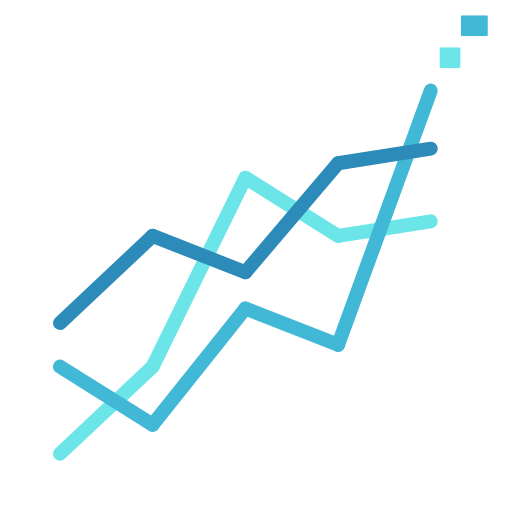What are the trends in NFT utility and functionality?
Understanding the Current Trends in NFT Utility and Functionality
Non-Fungible Tokens (NFTs) have made significant waves within the digital asset space, affecting several facets of finance, artwork, entertainment, and gaming, among others. Their robust characteristics that encompass uniqueness, verifiability, interoperability, and immutability have catapulted them into trends that are shaping the entire NFT ecosystem. This text provides an insight into the current trends in NFT utility and functionality, growing from an emblem of digital art ownership to tools with expansive use-cases and functionality.
1. Expanding from Ownership to Utility
NFTs were predominantly associated with digital art collections in their preliminary stages, with buyers purchasing tokens to prove ownership of these arts. However, the trend has rapidly shifted. NFTs have evolved beyond just enabling digital art ownership to embracing utility. NFT holders today derive an array of benefits, such as access to exclusive content, real-world experiences, royalties from future sales, and voting rights. For example, celebrities and influencers are now issuing NFTs that grant holders VIP access to events or personal experiences, adding experiential value to these tokens.
2. Cross-chain Functionality
Another emerging trend is the increase in NFTs defined on multiple blockchains. Instead of a single blockchain like Ethereum, artists and creators now have a plethora of choices ranging from Binance Smart Chain, Flow, Tezos, to Polygon. These chains offer diverse benefits, such as lower gas fees and faster transaction times—leading to cross-chain functionality to become an embodied trend in the NFT market dynamics.
3. Immersive Experiences in Virtual Realities and Gaming
Virtual Worlds
With the rise of virtual reality platforms like Decentraland or Cryptovoxels, NFTs are being used to buy, sell, and trade virtual real estates or assets. Ownership of these virtual lands isn’t just for prestige; it allows users to build upon it, monetize it through advertisements and activities, and even charge people to visit.
Gaming
In the gaming world, NFTs have transformed the concept of in-game assets into tradable commodities, thereby reshaping gaming economies. Gamers can now own in-game items considerably, trade them, or even use them in different games—heralding a novel trend of cross-game utility of NFTs. Games like Axie Infinity or The Sandbox have validated this trend, offering players true ownership of their gaming assets.
4. Fractionalization of NFTs
Traditionally, NFTs were individually owned; however, the trend is evolving into the fractional ownership of high-value NFTs. This essentially means tokenizing an NFT into smaller divisions, making it affordable and ownership more decentralized. Investors can buy fractions of expensive NFT works, providing wider access to assets with potential appreciative value.
5. DeFi and NFT Convergence
The convergence of Decentralized Finance (DeFi) and NFTs is gaining significant traction. NFTs are now used as collateral in DeFi lending and borrowing platforms, providing liquidity to owners who’re reluctant to sell. Additionally, yield farming with NFTs is another trend, with platforms rewarding liquidity providers with exclusive NFTs.
6. Intellectual Property and Licensing Rights
A rising trend among creators and enterprise businesses is utilizing NFTs for intellectual property and licensing rights. Brands can issue NFTs that provide holders certain usage rights over their intellectual properties. Hollywood studios are exploring NFTs for movie or merchandise rights, innovating the landscape of rights management.
7. Artist royalties from Secondary Markets Sales
Many NFT marketplaces have implemented a feature where artists receive a percentage of sales every time their NFT artwork is resold, providing them with continuous revenue streams.
The Bottom Line
With NFTs market dynamics constantly evolving, the current landscape could significantly differ in upcoming years. These trends are indicative of the utility and functionality shift in the NFT industry, breathing life into new possibilities that would have been perceived as unimaginable years prior. They convey the message clearly; NFTs are much more than digital collectibles, they’re becoming versatile tools with wide-ranging applications beneficial to artists, gamers, investors, and more. This makes it important for beginners, advanced traders, and investors to continually keep an eye on the market trends to make informed decisions.

